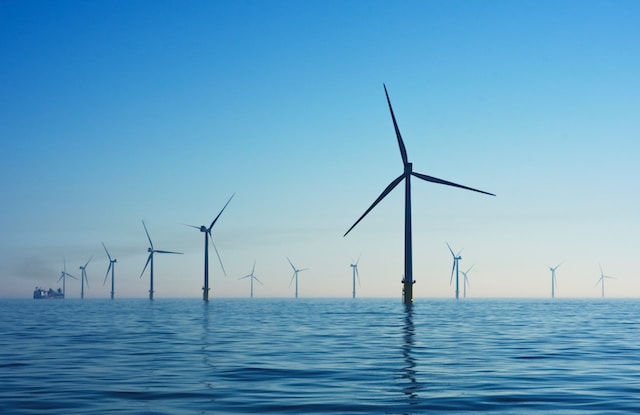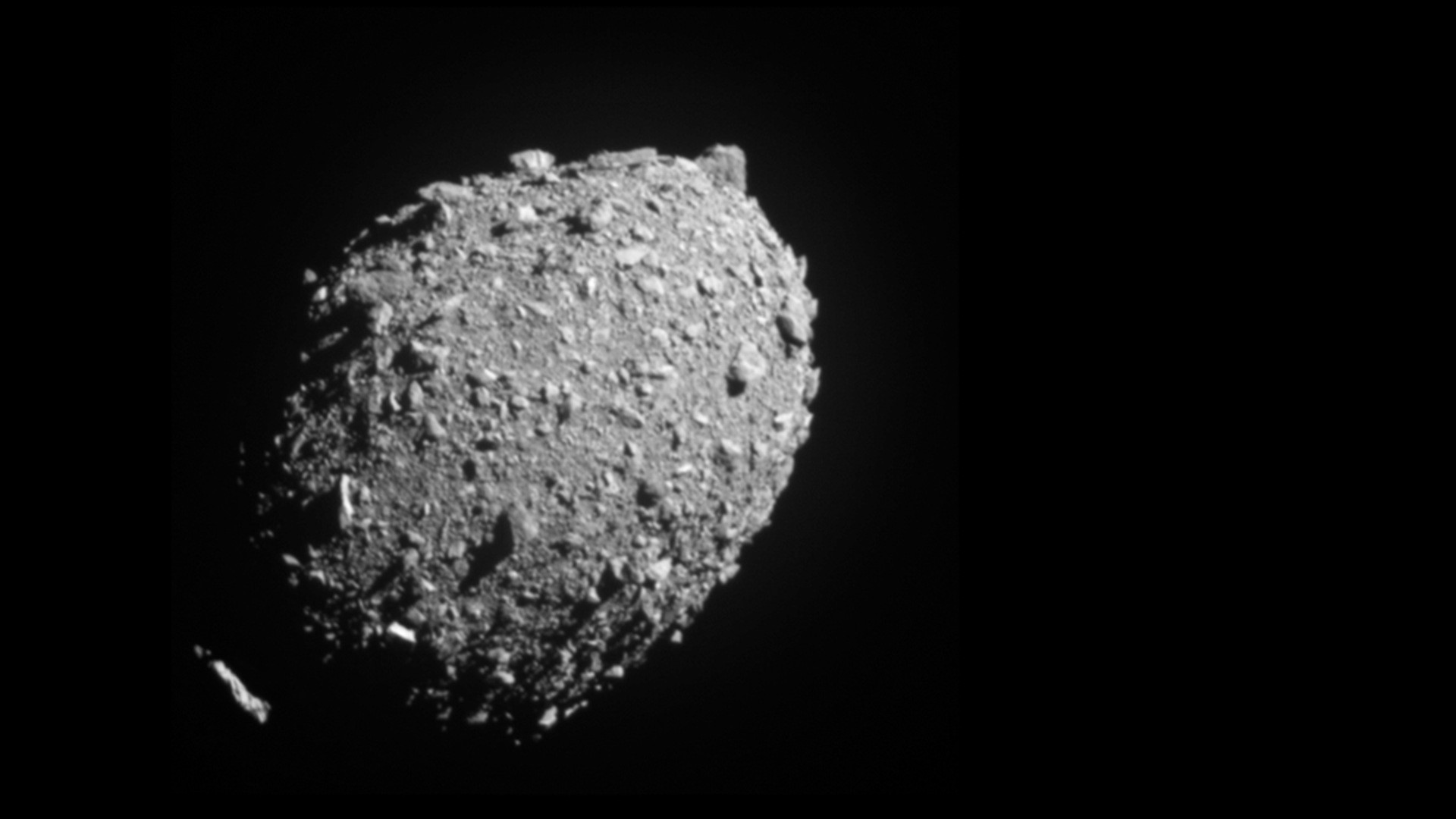On October 7, the world’s largest offshore wind farm started producing electricity. This follows after installing the first turbine at Dogger Bank – a wind farm project under construction with an impressive capacity of 3.6 GW upon completion, built 130 km (70 nautical miles) from the UK coast in the North Sea. The project includes three milestones with 1.2 GW each, named Dogger Bank A, B, and C. It will be fully operational by 2026.
The installed wind turbine is a GE Vernova Haliade-X 13MW with a blade length of 107 meters (351 feet). Moreover, every single rotation of the turbine produces enough power to cover the demand of an average British home for two days. The project consists of 277 turbines, which will provide renewable energy to 6 million homes per year. In addition, the High-Voltage Direct Current (HVDC) system is being used for the first time on a wind farm in the UK to connect with Britain’s national grid. The project is a joint venture of SSE Renewables, Equinor, and Vårgrønn. Proposed is also an extension of the project, also known as Dogger Bank D.
As said by Equinor CEO Anders Opedal, “A renewable mega-project like Dogger Bank constitutes an industrial wind hub in the heart of the North Sea, playing a major role in the UK’s ambitions for offshore wind and supporting its net zero ambitions,”
Once completed, the size of the wind farm will be over 2.5 times the size of the currently largest operational offshore wind farm.
The UK Prime Minister Rishi Sunak, said “Offshore wind is critical to generating renewable, efficient energy that can power British homes from British seas,”, adding “I’m proud that this country is already a world leader in reaching net zero by 2050, and by doubling down on the new green industries of the future, we’ll get there in a way that’s both pragmatic and ambitious.”







